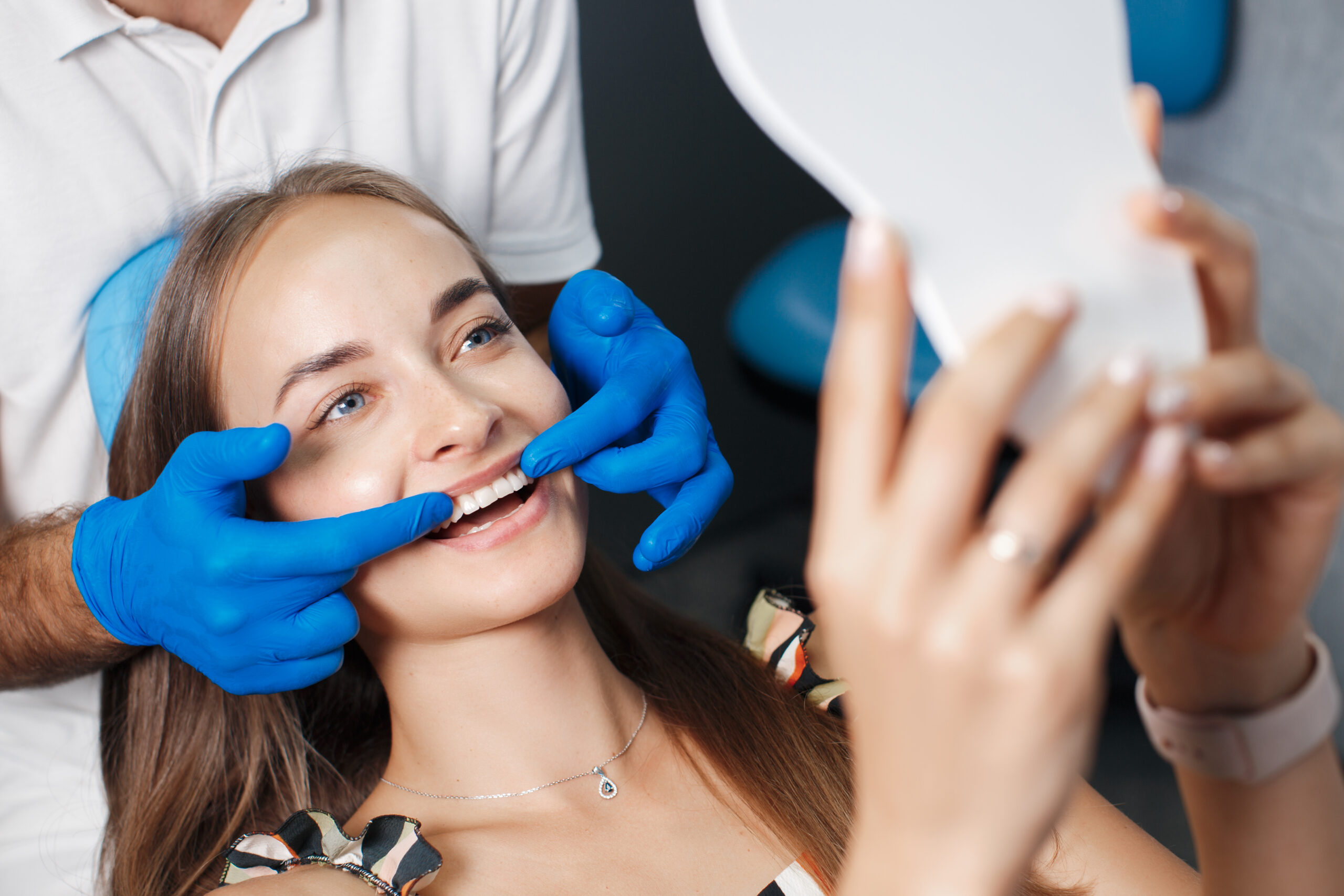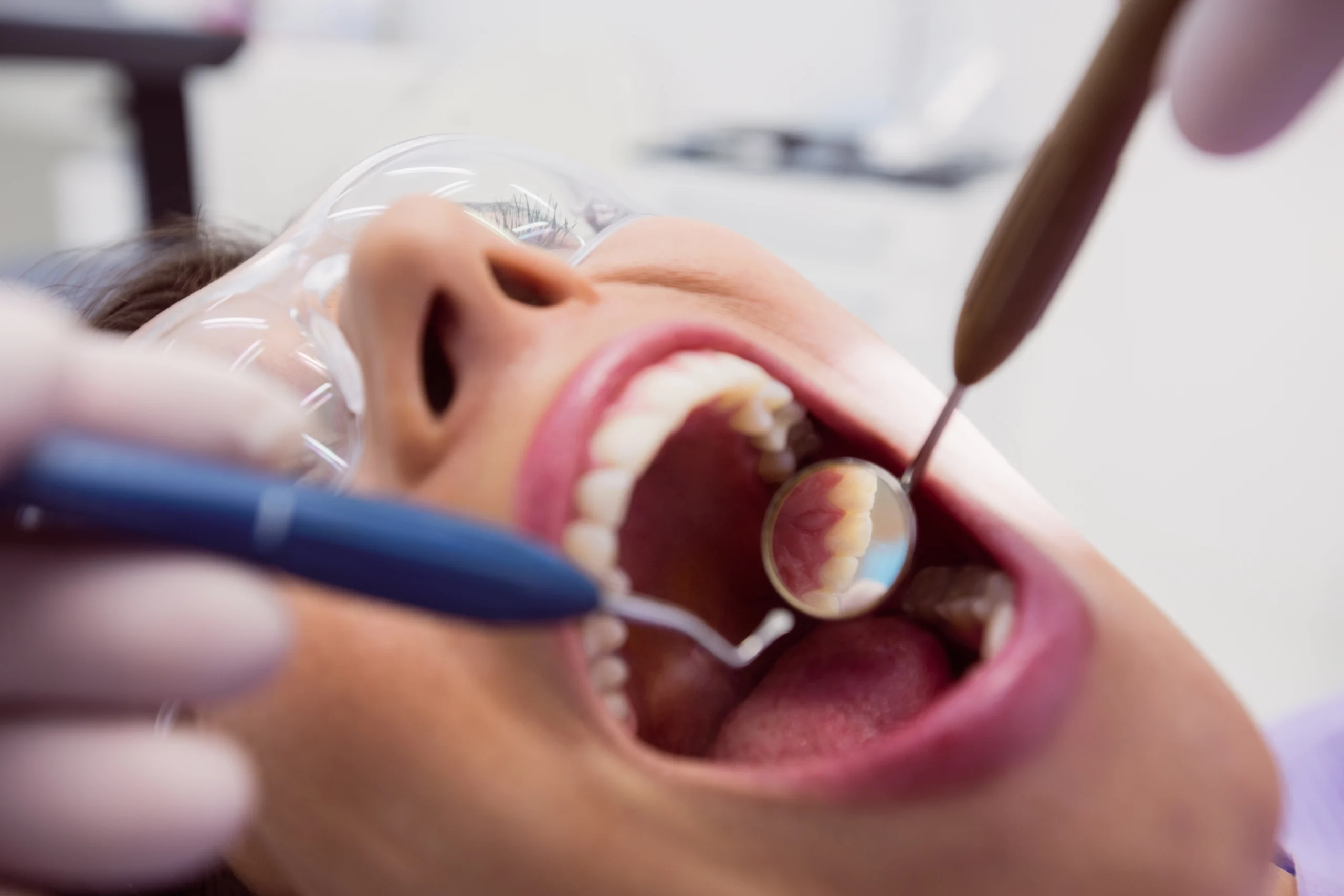Getting a filling is a routine dental procedure, but one of the first questions patients often ask is, “How long before I can eat?” This comprehensive guide will answer that question and provide you with everything you need to know about eating after a filling, from immediate post-procedure care to long-term maintenance. We’ll explore different types of fillings, discuss what foods to avoid, and offer tips for ensuring your new filling lasts.
Understanding Different Types of Fillings and Their Setting Times
Dental fillings aren’t one-size-fits-all. Your dentist chooses the best material for your situation based on factors like the location of the cavity, the size of the filling, and your budget. Each material has a different setting time, which directly impacts when you can comfortably and safely eat.
- Amalgam Fillings (Silver Fillings): These fillings are made from a mixture of metals, including mercury. While they are durable and cost-effective, they take longer to fully harden. Traditionally, dentists recommended waiting 24 hours before eating anything hard or chewy. However, modern amalgams set faster, and many dentists now suggest waiting at least a few hours. Your dentist will provide specific guidance.
- Composite Fillings (Tooth-Coloured Fillings): Composite fillings are made from a tooth-coloured resin, making them a popular aesthetic choice. They are hardened using a special light, and the setting process is much quicker than amalgam. Generally, you can eat soft foods within a couple of hours after a composite filling. However, it’s still wise to avoid hard, sticky, or very hot foods for at least 24 hours to allow the filling to fully cure and reach its maximum strength. Think of it like letting paint fully dry before touching it.
- Glass Ionomer Fillings: These fillings are also tooth-coloured and release fluoride, which can be beneficial for patients prone to cavities. They are often used for fillings near the gum line or in children’s teeth. Glass ionomer fillings set relatively quickly, and you can usually eat soft foods within an hour or two. However, they are not as strong as amalgam or composite and may be more susceptible to damage if you eat hard or sticky foods too soon.
- Temporary Fillings: Temporary fillings are used to protect a tooth until a permanent filling can be placed or after a root canal. They are not designed to last and are typically much softer than permanent fillings. Your dentist will give you specific instructions, but generally, it’s best to avoid chewing on a temporary filling and stick to soft foods until you have your permanent restoration.
Eating After a Filling: What You Need to Know and What Foods to Avoid
Regardless of the type of filling, there are some general guidelines to follow. The primary concern is protecting the new filling while it’s still sitting and ensuring you don’t experience any discomfort or complications.
- The General Waiting Time: While the specific waiting time depends on the filling material, a good rule of thumb is to wait at least until the numbness from the local anaesthetic has worn off. This prevents you from accidentally biting your cheek or tongue. Your dentist will provide more specific guidance.
- Foods to Avoid Immediately After a Filling: For the first 24 hours, it’s best to avoid certain types of food:
- Hard Foods: Think crunchy vegetables, nuts, or ice. These can put excessive pressure on the new filling and potentially cause it to crack or dislodge. Imagine trying to bite into a carrot with a freshly glued button – it’s likely to come off.
- Sticky Foods: Caramels, chewing gum, and toffee are examples of sticky foods that can adhere to the filling and pull it out of place.
- Hot Foods and Drinks: Extremely hot foods or beverages can cause sensitivity and may affect the setting process of some fillings.
- Cold Foods and Drinks: Similar to hot foods, very cold items can also trigger sensitivity, especially if the filling is still relatively new.
- Chewy Foods: These can put pressure on the new filling and should be avoided initially.
- Recommended Soft Foods to Eat After a Filling: Focus on soft, easy-to-chew foods:
- Mashed potatoes
- Yoghurt
- Smoothies
- Soup
- Scrambled eggs
- Soft bread (without crust)
- Well-cooked pasta
Numbness and Anaesthesia Considerations
Local anaesthetic is often used during the filling procedure to minimise discomfort. It’s crucial to wait until the numbness wears off before eating.
- How Long Does Numbness Last? The duration of numbness varies depending on the type of anaesthetic used and individual factors. It can last from a few hours to several hours.
- Why Wait Until Numbness Wears Off? Eating while your mouth is numb increases the risk of biting your cheek, tongue, or the inside of your mouth without realising it. You could also inadvertently damage the new filling.
- Tips for Managing Numbness: A warm compress applied to the outside of your cheek can sometimes help reduce swelling and discomfort.
Long-Term Care of Fillings for Continued Oral Health
Caring for your fillings is essential for their longevity and your overall oral health.
- Proper Brushing and Flossing: Brush gently with a soft-bristled toothbrush and floss daily, paying particular attention to the area around the filling.
- Foods to Avoid Long-Term: While you can gradually return to your normal diet, it’s still a good idea to limit your consumption of excessively sugary or acidic foods, which can contribute to tooth decay and damage fillings.
- Regular Dental Checkups: Regular dental checkups are crucial for detecting any problems with your fillings early on. Your dentist can check for cracks, leaks, or other issues that may require attention.
Addressing Specific Scenarios and Frequently Asked Questions
Here are some answers to common questions about eating after a filling:
- Eating After a Filling on a Front Tooth: The same principles apply. Be extra cautious with hard or crunchy foods that could put direct pressure on the front filling.
- Eating After a Filling in a Back Tooth: Back teeth are used for chewing, so it’s crucial to wait until the filling has fully set before resuming your normal diet.
- What to Do if a Filling Comes Out: If a filling comes out, contact your dentist immediately. Do not attempt to replace it yourself.
- Can You Drink Coffee or Other Hot Beverages After a Filling? It’s best to avoid very hot beverages for the first 24 hours. Lukewarm drinks are generally okay.
- Can You Chew Gum After a Filling? No, chewing gum, especially in the initial days, is not recommended as it can dislodge the filling.
- When Can You Resume Your Normal Diet? Generally, after 24 hours, you can gradually return to your normal diet, but it’s always best to check with your dentist for specific guidance.
- When to Contact Your Dentist with Concerns: Contact your dentist if you experience persistent pain, swelling, sensitivity, or if the filling feels loose or chipped.
By following these guidelines and maintaining good oral hygiene, you can ensure your new filling lasts for years to come and keeps your smile healthy and bright. If you have any concerns or questions, don’t hesitate to contact us at Birchgrove Dental Practice. They are your best resource for personalised advice and care.




